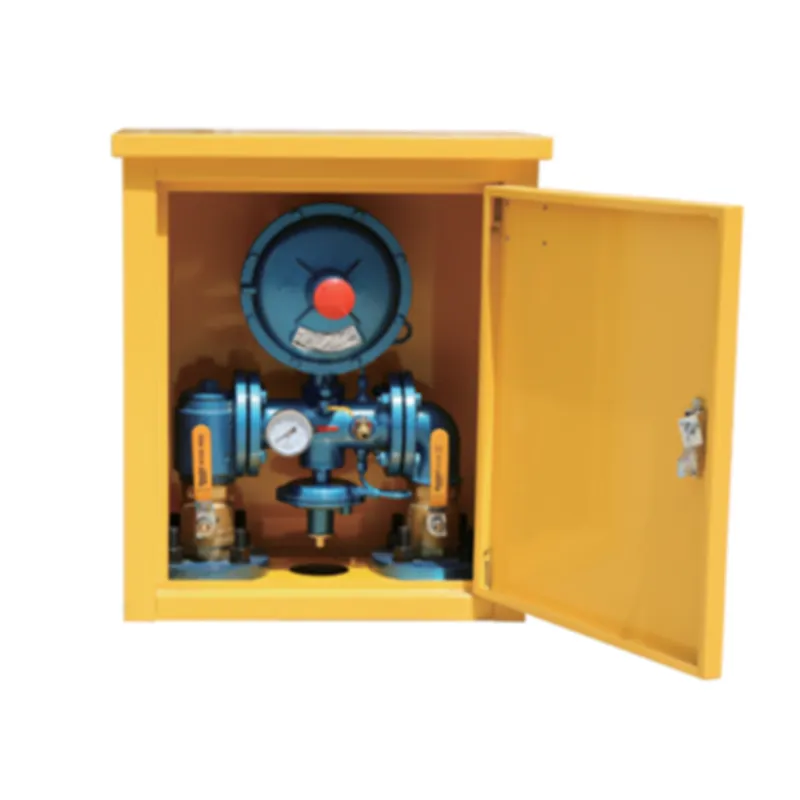
Oct . 20, 2024 07:38
Back to list
relief valve
Understanding Relief Valves Essential Components for Safety and Efficiency
Relief valves are critical components used in various industries to ensure safety and operational efficiency. They play a vital role in managing pressure within systems, preventing potential hazards that can arise from overpressure. This article delves into the function, types, and importance of relief valves in industrial applications.
What is a Relief Valve?
A relief valve is a safety device designed to control or limit the pressure in a system. Its primary function is to release excess pressure to prevent potential damage to equipment or catastrophic failures. Relief valves automatically open at a predetermined pressure, known as the set point, allowing fluid or gas to escape until the pressure drops to a safe level.
These valves are commonly used in various applications, including hydraulic systems, steam boilers, and chemical processing plants. By maintaining safe pressure levels, relief valves protect not only the equipment but also the personnel working in proximity to high-pressure systems.
Types of Relief Valves
There are several types of relief valves, each designed to operate under specific conditions. The most common types include
1. Spring-Loaded Relief Valves These valves utilize a spring mechanism to hold the valve closed until the pressure reaches a specified limit. Once this set pressure is exceeded, the valve opens, allowing fluid to escape. Spring-loaded relief valves are widely used in many industries due to their simplicity and reliability.
2. Pilot-Operated Relief Valves These valves are a bit more complex and involve a secondary pilot valve that controls the main valve's operation. Pilot-operated relief valves can handle higher flow rates and are often used in larger systems where precise pressure control is necessary.
3. Rupture Discs Unlike traditional relief valves, rupture discs are not adjustable and serve as a one-time safety device. They are designed to burst at a predetermined pressure, providing an immediate and fail-safe means of pressure relief. Rupture discs are commonly found in processes where the risk of pressure buildup is high.
4. Balanced Bellows Relief Valves These valves utilize a bellows mechanism to minimize the effect of back pressure on the valve operation, making them suitable for systems where back pressure fluctuates significantly.
relief valve

Importance of Relief Valves
The importance of relief valves cannot be overstated. Overpressure situations can lead to equipment failure, explosions, or other catastrophic incidents that can result in loss of life and property. Here are a few reasons why relief valves are essential
1. Safety The primary purpose of relief valves is to enhance safety by preventing excessive pressure buildup. By releasing pressure, these devices minimize the risk of accidents and protect personnel and equipment.
2. Equipment Longevity By controlling pressure within systems, relief valves help extend the lifespan of equipment. Excessive pressure can cause wear and tear that results in costly repairs or replacements.
3. Regulatory Compliance Many industries are subject to strict regulations regarding pressure systems. The installation and proper maintenance of relief valves ensure compliance with safety standards, avoiding legal implications and potential fines.
4. Operational Efficiency Relief valves contribute to the overall operational efficiency of a system. By maintaining optimal pressure levels, they ensure that processes run smoothly and reduce the likelihood of unplanned shutdowns.
Maintenance and Testing
For relief valves to function correctly, regular maintenance and testing are essential. Manufacturers typically provide guidelines on testing intervals and maintenance procedures. Inspecting relief valves for leaks, corrosion, and mechanical wear is crucial in ensuring they operate efficiently when needed.
In addition to routine checks, it is important to conduct periodic testing to verify that the valve opens at the correct pressure. This testing can help identify any issues that could compromise the valve's performance, ensuring ongoing safety and reliability.
Conclusion
In conclusion, relief valves are indispensable components in managing pressure in various industrial systems. Their ability to prevent overpressure situations not only safeguards personnel and equipment but also contributes to the overall efficiency and longevity of operations. Understanding the importance of these devices, their types, and the need for regular maintenance is vital in ensuring a safe working environment and compliance with industry regulations. As industries continue to evolve, the role of relief valves will remain crucial in safeguarding operations against the hazards of overpressure.
Next:
Latest news
-
Safety Valve Spring-Loaded Design Overpressure ProtectionNewsJul.25,2025
-
Precision Voltage Regulator AC5 Accuracy Grade PerformanceNewsJul.25,2025
-
Natural Gas Pressure Regulating Skid Industrial Pipeline ApplicationsNewsJul.25,2025
-
Natural Gas Filter Stainless Steel Mesh Element DesignNewsJul.25,2025
-
Gas Pressure Regulator Valve Direct-Acting Spring-Loaded DesignNewsJul.25,2025
-
Decompression Equipment Multi-Stage Heat Exchange System DesignNewsJul.25,2025

